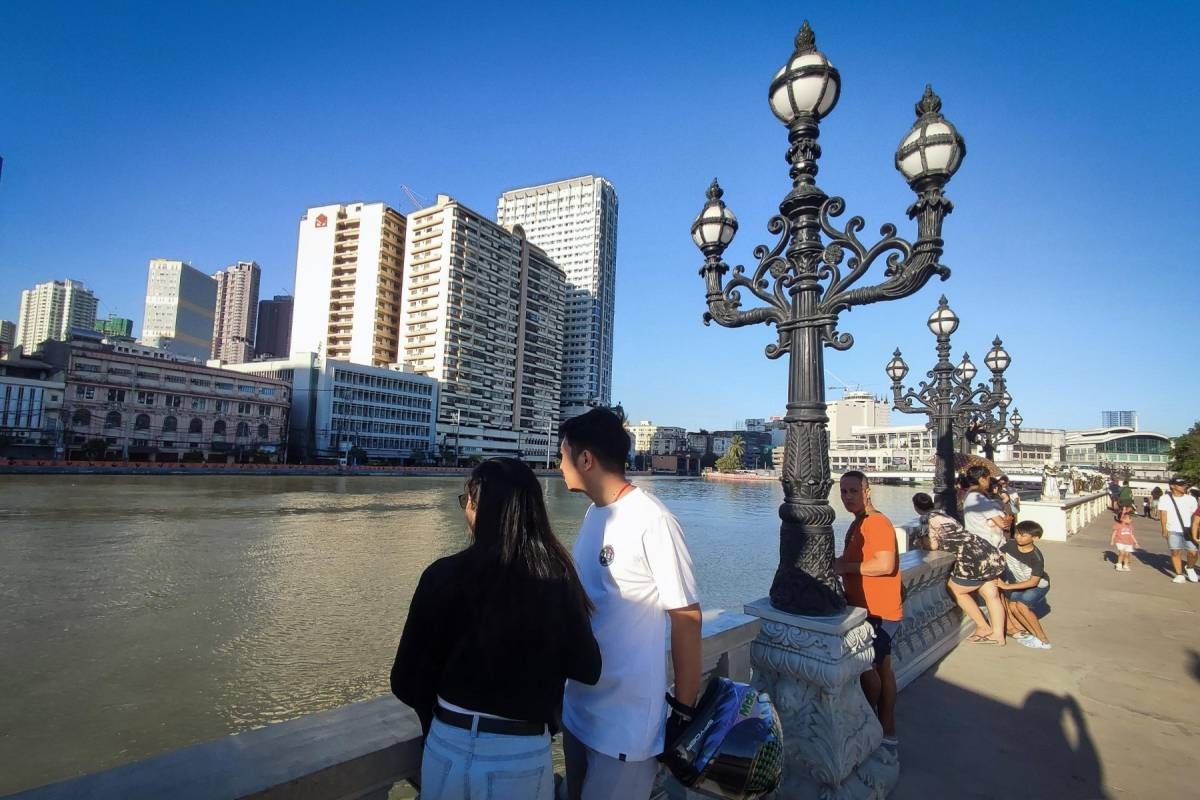The Department of Human Settlements and Urban Development (DHSUD) has highlighted that the Pasig River rehabilitation project serves two main purposes: boosting tourism and promoting transportation connectivity in the metropolis. Secretary Jose Rizalino Acuzar, who chairs the Inter-Agency Council for the Pasig River Urban Development (IAC-PRUD), emphasized that the project, conceptualized by First Lady Liza Araneta-Marcos, aims to benefit ordinary Filipinos in the long run.
In a recent inauguration led by President Ferdinand Marcos Jr. and the First Lady, the initial phase of the project was unveiled. This phase included a showcase area and a pedestrian walkway located at the back of the iconic Central Post Office building. Since then, the walkway has become a popular attraction, garnering attention on social and mainstream media.
Known as “Pasig Bigyang Buhay Muli” (PBBM), the project’s goal is to transform the Pasig River into a center of tourism and economic activity. Simultaneously, it aims to address traffic issues in the cities along the river by creating a seamless connection between road and water transport, according to the DHSUD. The project is divided into nine sections that traverse several cities in Metro Manila, spanning from Manila Bay to Laguna Lake. Once completed, pedestrians and bikers will be able to travel the entire 25-kilometer stretch of the pathway.
Additionally, commuters will have the convenience of transitioning from surface roads to river transport through bridgewalks that will serve as pickup and drop-off points for river ferries, as stated by the agency. To further enhance the experience, eight other showcase areas, similar to the one constructed behind the Central Post Office, will be built. These areas will provide people with an ideal environment to enjoy a day or evening with their family or friends in a well-lit open-space, park-like setting, Secretary Acuzar explained.
The Pasig River rehabilitation project is expected to be completed within three to five years and will be funded through private donations. The ultimate goal of the revitalization project is to elevate the Pasig River to the level of other scenic waterways around the world, such as the Thames River in London, the Chao Phraya in Bangkok, and the Seine River in Paris, according to Secretary Acuzar.
By transforming the Pasig River into a vibrant and accessible destination, the project aims to attract both local and international tourists. With its rich history and cultural significance, the Pasig River has the potential to become a major tourism hub. By creating a seamless connection between road and water transport, the project also aims to alleviate traffic congestion in the cities along the river. This integrated approach to transportation will provide commuters with alternative means of travel, reducing the reliance on congested roads.
Moreover, the project aligns with global efforts to revitalize urban waterways and promote sustainable transportation. By drawing inspiration from renowned scenic waterways, the Pasig River rehabilitation project aims to create a comparable experience for visitors. This will not only enhance the aesthetic appeal of the river but also contribute to the overall economic development of the surrounding areas.
In conclusion, the Pasig River rehabilitation project is a significant initiative aimed at boosting tourism and promoting transportation connectivity in the metropolis. With its focus on creating a seamless connection between road and water transport, the project seeks to alleviate traffic congestion and provide alternative means of travel for commuters. By transforming the Pasig River into a center of tourism and economic activity, the project aims to attract both local and international visitors. With its completion scheduled within the next three to five years, the Pasig River has the potential to become a vibrant and iconic destination comparable to other scenic waterways around the world.







